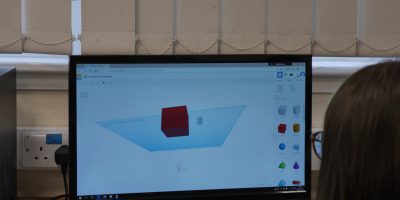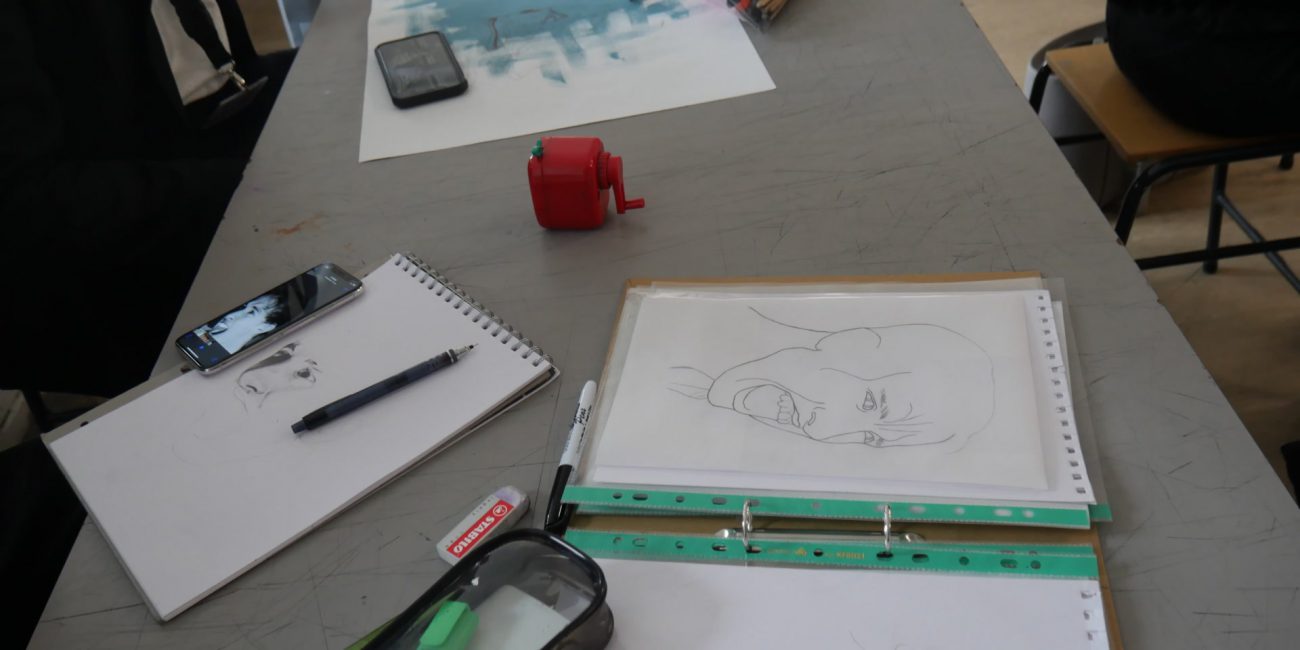Why study A Level Design Technology?
Product Design or Fashion and Textiles
Every product that we rely upon for our everyday life was once just an idea in someone’s head. This course enables students to learn about the journey a product takes from concept, through development to making and testing and evaluating the product itself. This experience of project management is a powerful one for students to gain and is compatible with the attributes that both employers and universities consider valuable.
How will I be assessed?
There are three units of assessment. These comprise of two examination papers, both of which assess the students’ knowledge and understanding of technical principles, design and making principles, and specialist knowledge. Examinations are 2½ hours and 1½ hours long and each account for 25% of the A Level. What differs between the papers is the style of questioning and the answers the students are expected to give. Paper 2 also includes Product Analysis and Commercial Manufacture.
NEA – Non Examination Assessment is the coursework task which is worth 50% of the A Level. This is a single substantial design and make task. Coursework involves a wide variety of research, evaluation, design and making tasks that students complete in equal measure. Context of the task is determined by the student.
Prerequisites
A good GCSE pass is desirable but not essential. More important is enthusiasm, an enquiring mind, a willingness to experiment with new ideas and communicate with others.
What skills will I gain from studying Design Technology? – Product Design or Fashion and Textiles
This course enjoys the flexibility to be able to give students three distinct pathways within the Product Design Specification. They are Graphics, Resistant Materials and Textiles. Students can choose a path (materials area) through this course which meets their individual requirements in terms of the NEA. For examination purposes, students will either study Product Design (Resistant Materials and Graphics) or Fashion and Textiles. It does not matter which material they choose to specialise in, they will all complete a set of common course units of assessment.
Where can A Level Design Technology lead?
This course leads to a vast array of opportunities in further education, higher education and modern apprenticeships in the design related industries. These may be Graphic Design, Product Design, Furniture Design, Silversmithing and Jewellery Design, Textile Design, Transport and Automotive Design, Interior Design, Theatre Design, Ceramics, Glass Design and Fashion Design (there are lots of others). It is a sound grounding for Architecture and its related courses. It can also lead to careers in Engineering, Project Management as well as careers in Design Education.
Additional Comment
Please talk to Mr Rogers, Head of Design Technology if you have any questions or log onto: aqa.or.uk/dandt
What will I study?
Paper 1 – Technical Principles
2 1/2 hour written exam
120 Marks
30% of A Level
Questions are a mixture of short answer and extended responses
Paper 2 – Designing and Making Principles
1 1/2 hour written exam
80 Marks
20% of A Level
Section A – Product Analysis, 30 Marks. Up to 6 short answers, questions based on visual stimulus or product(s)
Section B – Commercial Manufacture, 50 Marks. Mixture of short and extended response questions.
Paper 3 – Practical Application of Technical Principles, Designing and Making Principles
Substantial Design and Make Project
100 Marks
50% of A Level
Written or digital design portfolio and photographic evidence of final prototype





